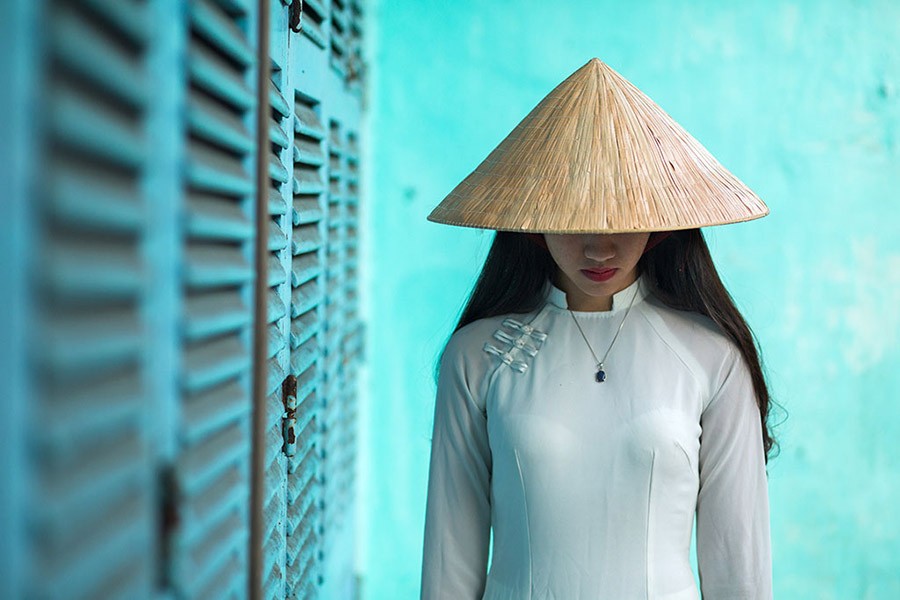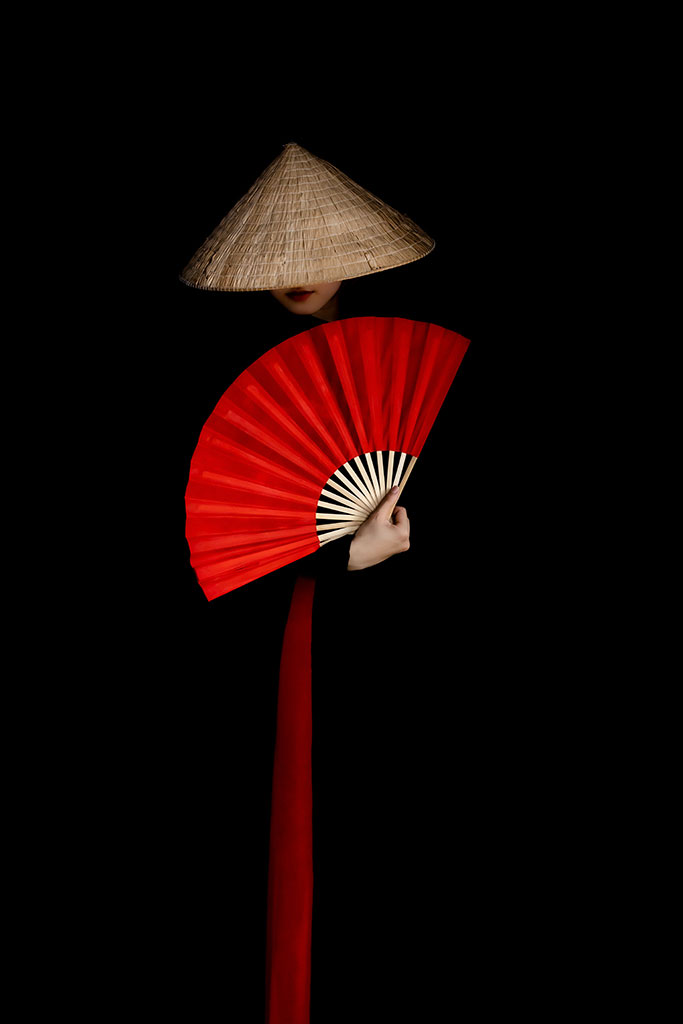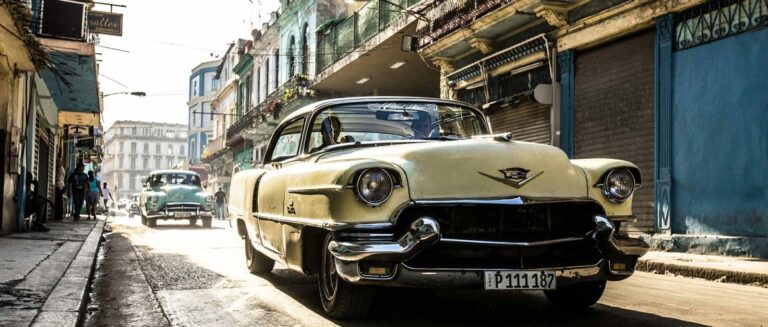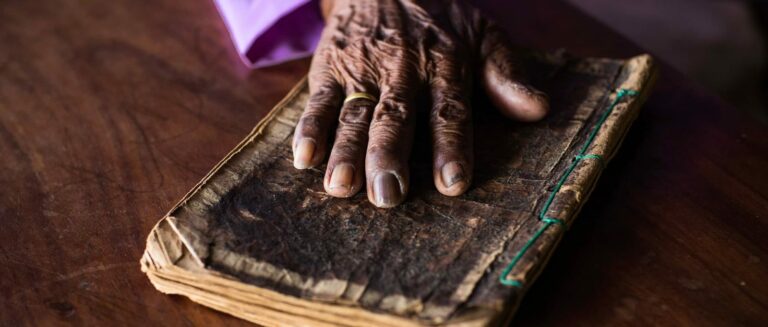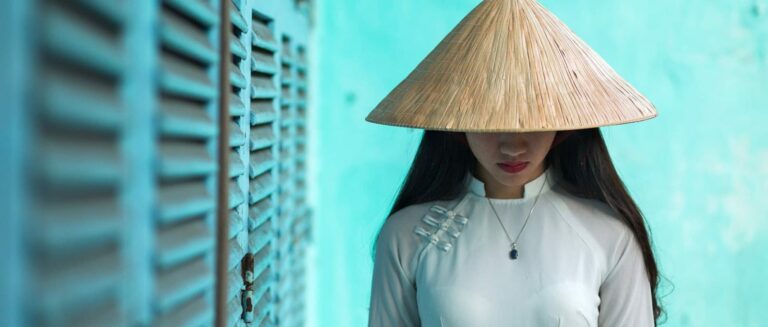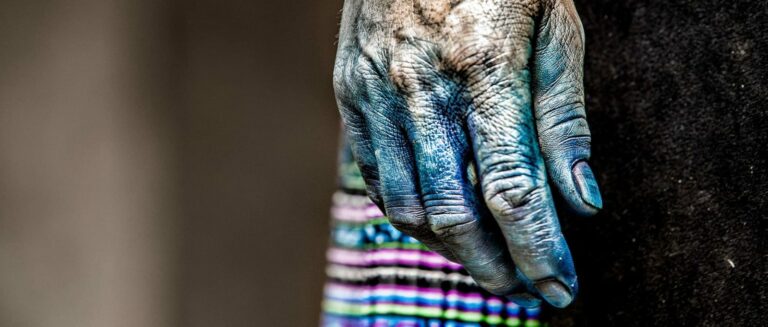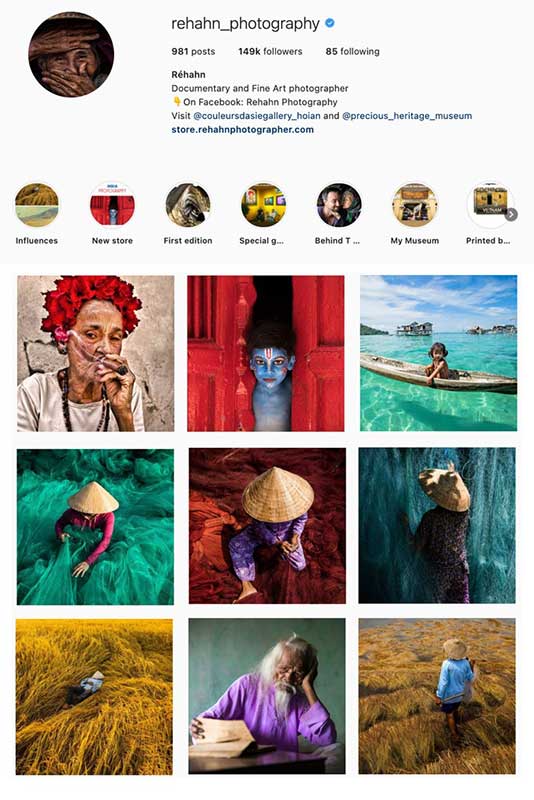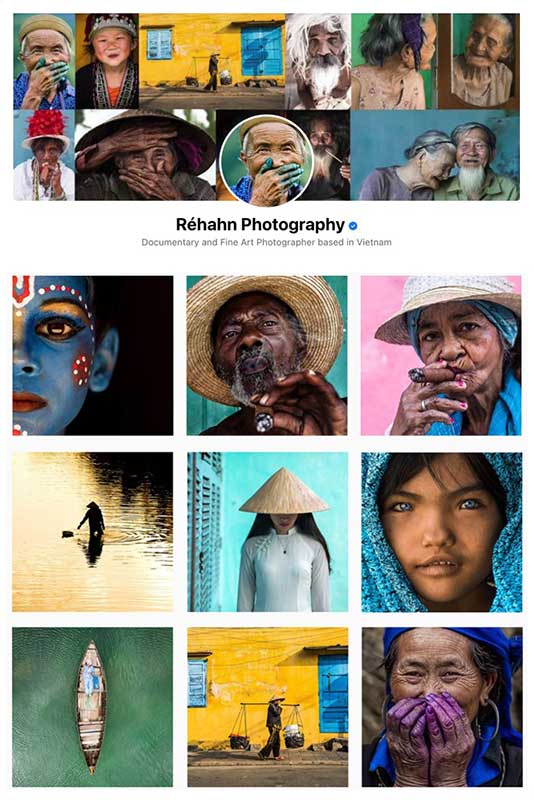Réhahn has traveled to the most remote corners of Vietnam to discover the traditional costumes of the country’s ethnic groups. The Precious Heritage Museum showcases all 54 groups, including the Kinh, more commonly known as the Vietnamese.
In Hoi An, there is daily inspiration to be found in the Kinh’s traditional dress – the ao dai. Réhahn’s collection of fine art photographs celebrates this iconic feature of Vietnamese life.
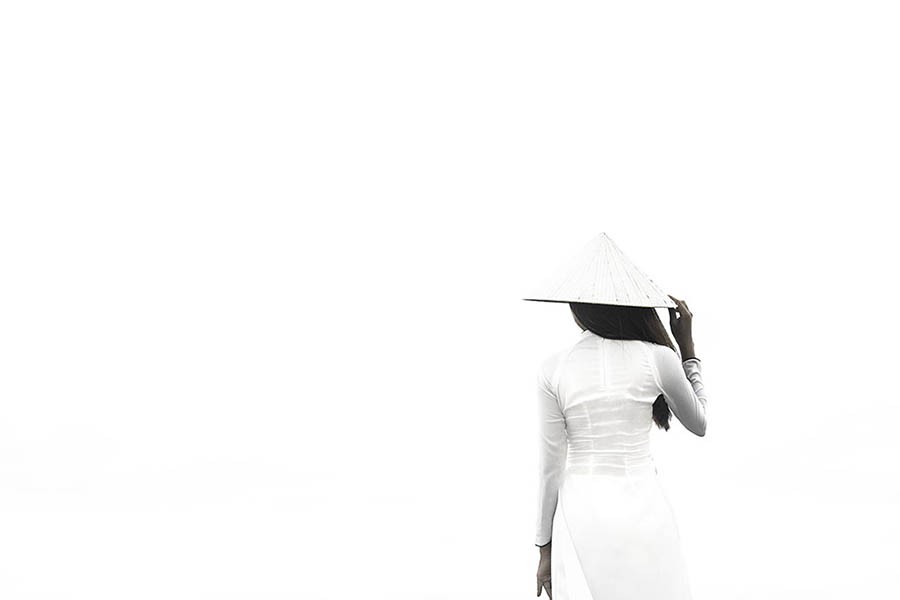
A Traditional Dress in Vietnam
In Hoi An, students go about their days wearing Vietnam’s national dress – the Ao Dai.
Waves of women dressed in white flood the streets. They perch atop bicycles as they ride to their next class or sit on low stools curved over breakfast bowls of pho. They throw the long ends of their tunics over their knees to avoid trailing the pristine fabric in the dirt. Their hair is visible beneath the non la bamboo hats they wear to protect their skin from the sun.
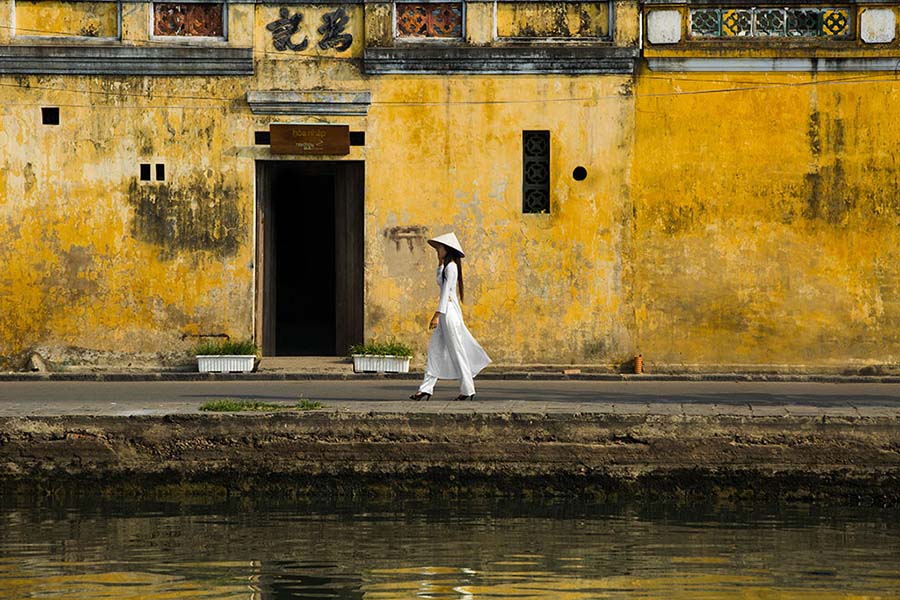
An ao dai typically consists of a long tunic over silk or cotton pants. It is slit up the sides to the waist, to create a softer line and allow for ease of movement.
Students tend to favor a simple white or blue ao dai, devoid of embroidery or embellishment. For special occasions, such as Tết Lunar New Year and weddings, both men and women wear a colorful array of styles. They range from pure silk to heavy brocade. Many are embellished with beading or embroidered with cranes, dragons or other significant motifs.
In Vietnam’s megacities like Hanoi and Ho Chi Minh, ao dai are also visible, though less ubiquitous than in smaller towns. They are often worn by professional women in banks or offices, teachers and students.
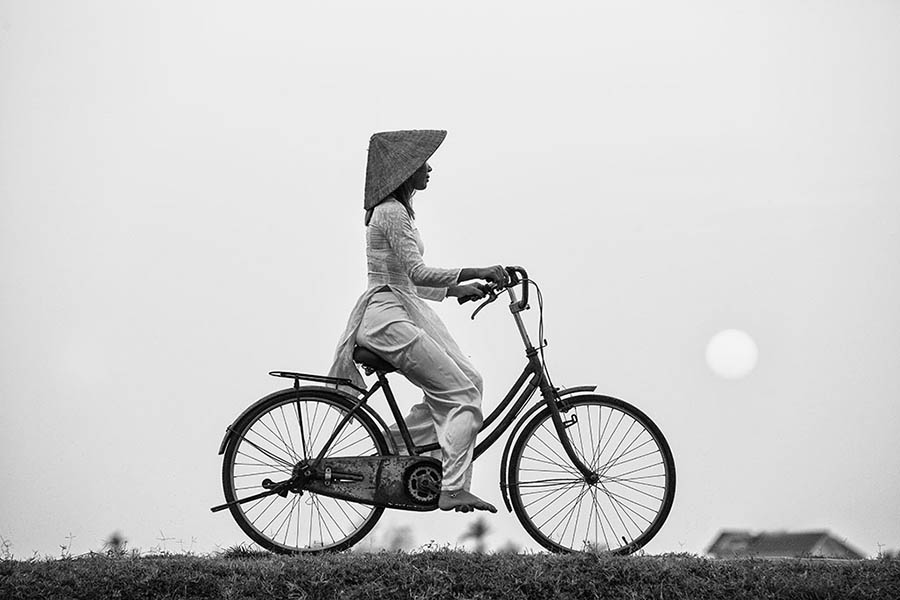
Who invented the Ao Dai ?
Many people now liken the style of the ao dai to the well-known Chinese traditional dress, the cheongsam. Yet, the cheongsam only came into popularity amongst Shanghai socialites in the 1920s and 1930s. Whereas, the Vietnamese have worn ao dai since the reign of the Nguyen Dynasty, which dates back to 1744.
During this era, Lord Nguyen Phuc Khoat, also known as Lord Vu Vuong, ordered a new style of clothing. It featured pants worn under a long gown for both men and women. The Cham ethnic group, who occupied the conquered Kingdom of Champa in Central Vietnam, inspired the style. The new garments were a way to show respect to the Cham and win over their support.
The ao dai’s enduring appeal likely has to do with its versatile shape and style.
Modernized versions were created in the 1950s when tailors started to make the form-fitting tunics that we see today.
AO DAI FINE ART COLLECTION
Each portrait in Réhahn’s collection celebrates tradition merged with modernity.
The eyes of the women posed in these fine art portraits are often hidden behind their hats as they go about their daily lives. The portraits become less about the individual beauty of the woman and more about the details. The lines of her ao dai are fluid in contrast to the geometric shape of her hat. The negative space around her body takes on an importance of its own.
She is a vision that is utterly modern while still maintaining her connection to her ancestral culture.

In Hoi An’s Ancient Town, peeling layers of yellow paint make the perfect background for a young woman walking by. The contemporary shape of her ao dai juxtaposed against the distressed wall, act as an allegory for Vietnam itself.
Vietnam is a country with its heart firmly rooted in tradition while its spirit moves ever forward to the future.
Like any of these photographs? Visit our Online Store and make it yours

